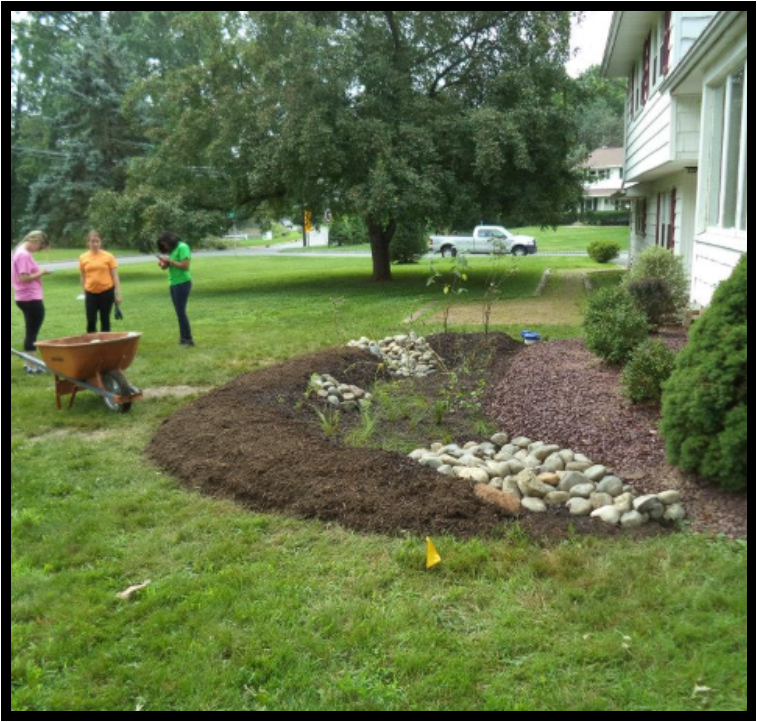Residential Rain Gardens in the Neshanic
- North Jersey RC&D

- Jun 6, 2017
- 2 min read
SUMMARY
Through community outreach and education North Jersey Resource Conservation and Development Council (NJRC&D) was able to work with residents in the community to plant eight rain gardens at residential locations within the Neshanic Watershed. The installation of these rain gardens serves two purposes 1– they help reduce runoff and pollution entering the Neshanic River and its tributaries 2– they serve as an educational tool to engage the community in initiatives to protect water quality.

PROBLEM
The Neshanic River was listed in the 2008 New Jersey Integrated Water Quality Monitoring and Assessment Report as impaired for aquatic life and nonpoint source pollution (NPS) from bacteria, phosphorus and total suspended solids (NJDEP 2008). It is generally recognized that agriculture, rapid urban development and wildlife cause water quality contamination in the watershed.
The Watershed Plan, developed between 2006 and 2012 details the management measures needed to achieve the desired reduction in bacteria and attain water quality standards for total phosphorus (TP), total suspended solids (TSS), to reduce aquatic life impairments to a non-impaired level and to outline the actions needed to restore the base flow of the Neshanic River. The Neshanic River Watershed Restoration Plan focuses on the 31 square mile upper part of the Neshanic River Watershed, which includes Walnut Brook, First, Second and Third Neshanic Rivers and the Neshanic River main branch immediately above the Back Brook confluence with the Neshanic River.
HIGHLIGHTS
Through community outreach and education North Jersey Resource Conservation and Development Council (NJRC&D) was able to work with residents in the community to plant eight rain gardens at residential locations within the Neshanic Watershed.

A Rain Garden is a landscaped ,shallow depression that captures, filters, and infiltrates stormwater runoff. The rain garden removes nonpoint source pollutants from stormwater runoff while recharging ground water. Rain Gardens are an important tool for communities and neighborhoods to create diverse, attractive landscapes while protecting the health of the Natural Environment.

NJRC&D was able to leverage community support and excitement to cluster rain garden locations within neighborhoods. Clustering the rain gardens together and installing multiple rain gardens at once allowed NJRC&D to lower costs for installation and have a bigger impact within the community.
NJRC&D and Rutgers Water Resources Program were able to capture runoff from roofs, driveways and roads for treatment and infiltration. Some project statistics can be found below. Each recipient of a rain garden was given a maintenance manual. Rutgers and NJRC&D
Partners and Funding
North Jersey Resource Conservation and Development Council received funding for rain garden projects from the New Jersey Department of Environmental Protection Water Resource Management, Division of Water Monitoring and Standards, Bureau of Environmental Analysis, Restoration and Standards 319h Grant Program. Project Partners Include: NJ RC&D and Rutgers Cooperative Extension Water Resources Program




Comments